Creating case studies of successful pathways to building ownership was an important part of the Stable Spaces research. They model strategies and tactics that we can learn from and repeat. They also tell an important piece of history for the arts in Aotearoa.
Significantly, these concrete examples show us that artists, independent arts organisations and community members have immense capacity to run their own spaces. In the words of Jo Randerson from the Vogelmorn Community Group: “we are way more capable than we give ourselves credit for.”

Download Nine approaches to buildings – the case studies (25.1 mb PDF)
Need an accessible machine readable version? Use our accessible google doc
Download the interview guide (44 kb PDF)
Need an accessible machine readable version? Use our accessible google doc
The nine buildings
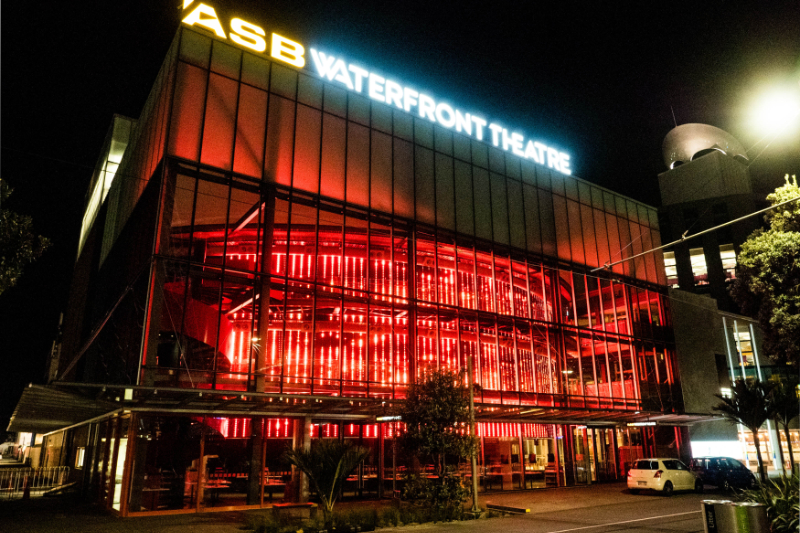
Photo: Andrew Malmo
ASB Waterfront Theatre, Auckland
The ASB Waterfront Theatre in Wynyard Quarter was built by the Auckland Theatre Company (ATC) in 2016. They raised $36.5 million dollars to fund the development which sits on council-owned leasehold land. The 675-seat theatre filled a gap in venue provision in Auckland and is Auckland Theatre Company’s home theatre.

Photo: Melissa Laing
Gonville Centre for Urban Research, Whanganui
The Gonville town centre was a municipal complex consisting of a fire station, swimming baths and town hall, all initially built in 1911. It is now privately owned by Frank Stark and Emma Bugden as a home and community venue. Under the banner of the Gonville Centre for Urban Research (GCUR), they host researchers and architectural archives, and support local creative activity through affordable hall hire.
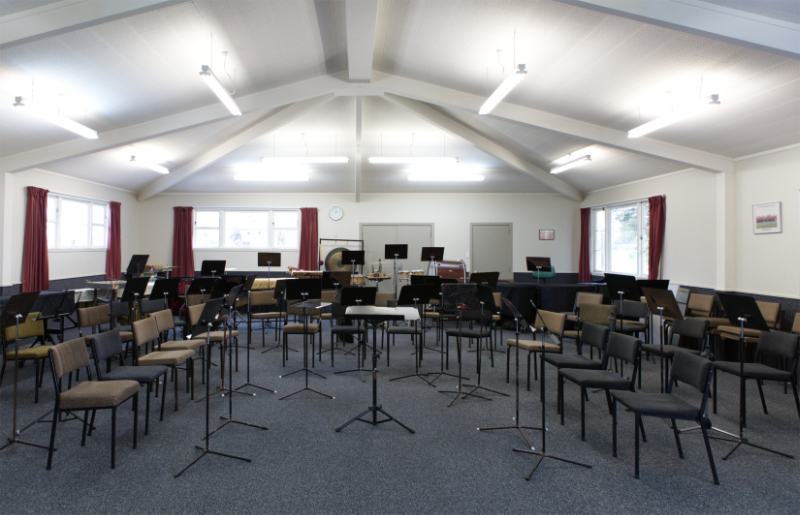
Photo: Melissa Laing
Hamilton Citizens Band, Hamilton
The Hamilton Citizens Band is an incorporated society with band rehearsal rooms in Clyde St in Hamilton that used to be a tennis club. The band bought the building in 1993 and have a 20-year renewing ground lease from Hamilton Council. The renovations were managed by two society members who were trades professionals.
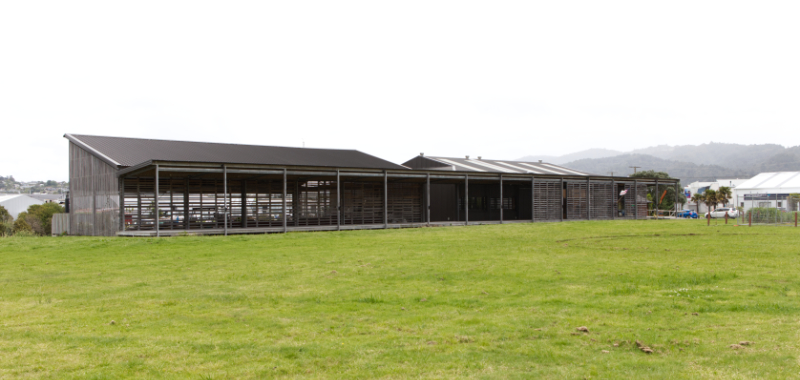
Photo: Melissa Laing
Hihiaua Cultural Centre, Whangārei
Hihiaua started out as a workshop for whakairo in a run-down boat-building shed on a small point of land in Whangārei. In 2009 the trust put together a multi-staged plan to build a multi-purpose arts facility on the point. In 2019, stage one – a renovated shed and added waka store and launching gantry – was completed.
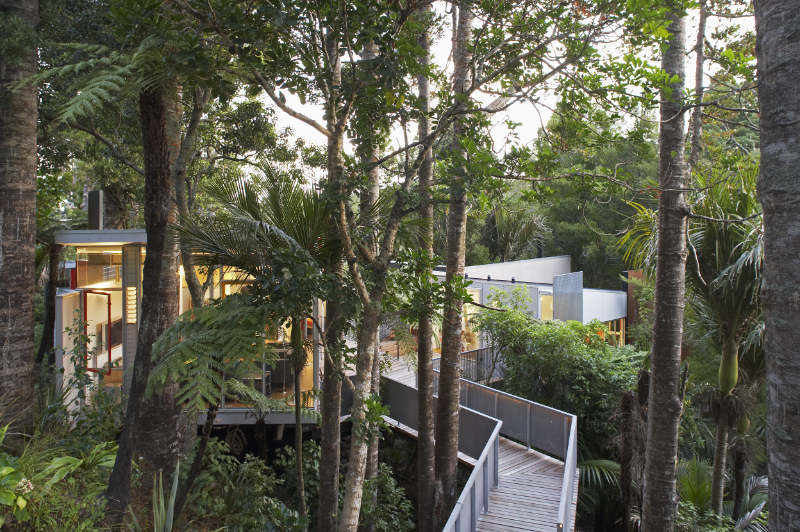
McCahon House (and Shadbolt House), Auckland
McCahon House is an artist residency and museum in French Bay. The land and the dwelling (previously lived in by Colin McCahon and his family) were strategically purchased by the Waitākere City Council in 1999, and later gifted to the McCahon House Trust. In 2006 the Waitākere City Council sought to repeat their success by buying author Maurice Shadbolt’s house. Unfortunately the property was not transferred to an arts body before the formation of the “super city” in 2010.
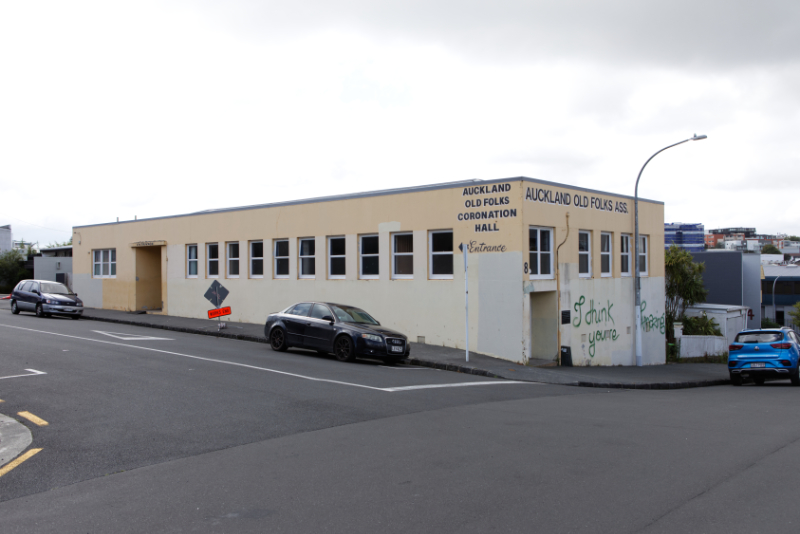
Photo: Melissa Laing
Old Folks Association Coronation Hall, Auckland
The Auckland Old Folks Association Coronation Hall was built in the 1950 by the then thriving Auckland Old Folks Association. It has remained in the hands of the association ever since. In the 2000s, performance artist Sean Curham established an ongoing relationship with the association, culminating in the eventual transition of the society to an intergenerational arts-focussed membership base.
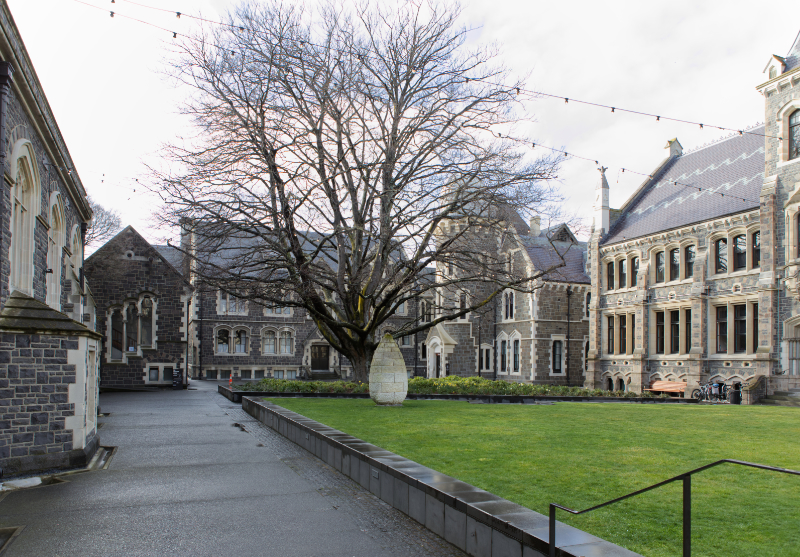
Te Matatiki Toi Ora The Arts Centre, Christchurch
Te Matatiki Toi Ora The Arts Centre is a 23-building campus on a two-and-a-half hectare site in the centre of Christchurch, gifted by the University of Canterbury to The Arts Centre trust. According to its current director, Phillip Aldridge (ONZM), The Arts Centre is “a community centre in a very grand setting.” Since 1974 it has provided essential infrastructure for Christchurch arts communities inside its heritage-listed Gothic Revival architecture.
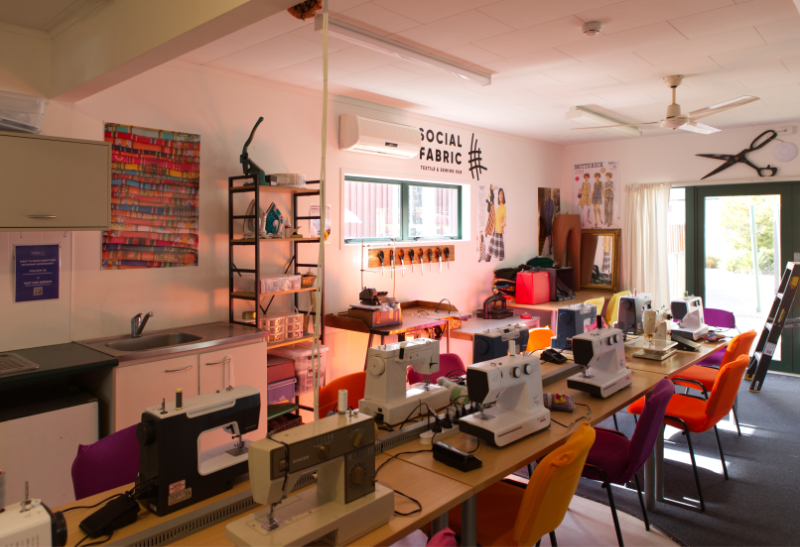
The Incubator Creative Hub, Tauranga
The Incubator Creative Hub was established in 2013 when a small group of artists rented a run-down barn in Tauranga’s Historic Village for artist studios. In the subsequent ten years, The Incubator has grown to a creative confederation housed across 16 buildings. It recently bought a building in the Historic Village, through a combination of a grant from the Lottery Community Facilities Fund and a rent-to-buy agreement.
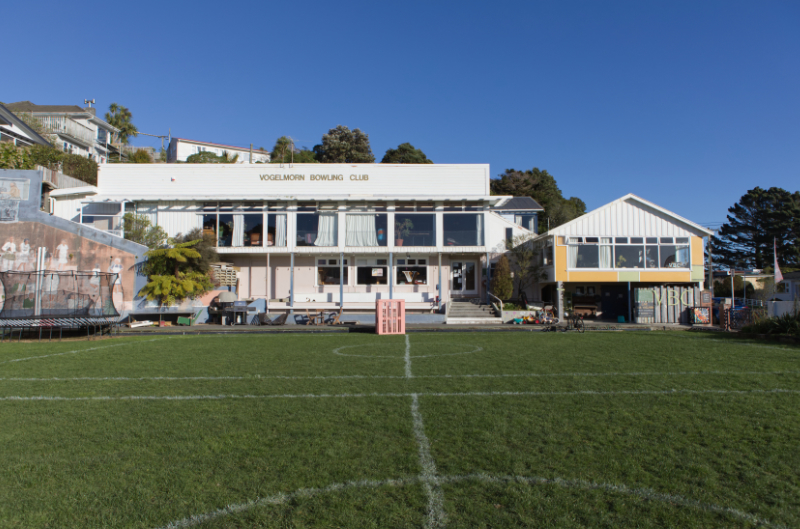
Vogelmorn Community Group, Wellington
The Vogelmorn Bowling Club was forced to close in 2014. The members planned to sell their buildings to fund a new foundation for the benefit of the local community. Vogelmorn Community Group negotiated a different result: paying to subdivide the property and then buying the club building off the foundation for a nominal sum. They now operate it as a mixed-use community and arts facility.
How I chose the case studies
To create the nine case studies in this report, I interviewed thirteen people involved in building acquisition or management. This included having the pleasure of touring their facilities. There are many amazing building-owning organisations that I didn’t talk to.
I identified the case studies through a combination of media searches for asset-owning arts organisations and advice from members of the arts community. Eight of the nine case studies are in the North Island, and one in the South Island. Five are in main centres and four in regional centres. Three organisations are focussed on a single artform, and six are mixed-use. Eight are Pākehā-led, one is Māori-led. None were Pasifika or Asian-led (or led by any ethnicity other than Māori or Pākehā), an issue that I discuss in the Stable Spaces report.
The case studies were written using the transcribed interviews with additional detail sourced from newspaper articles and books about the organisations; trust or society records; land records including property titles; and architectural assessments and proposals.
Their stories demonstrate the four main approaches to building acquisition: asset transfer (by gift or nominal payment); community asset transition; asset purchase at market value; and construction of new buildings. They show how organisations combined these approaches along their journey.
If there are examples of building ownership in the arts you think are important please let me know about them by emailing melissa@stablespaces.nz